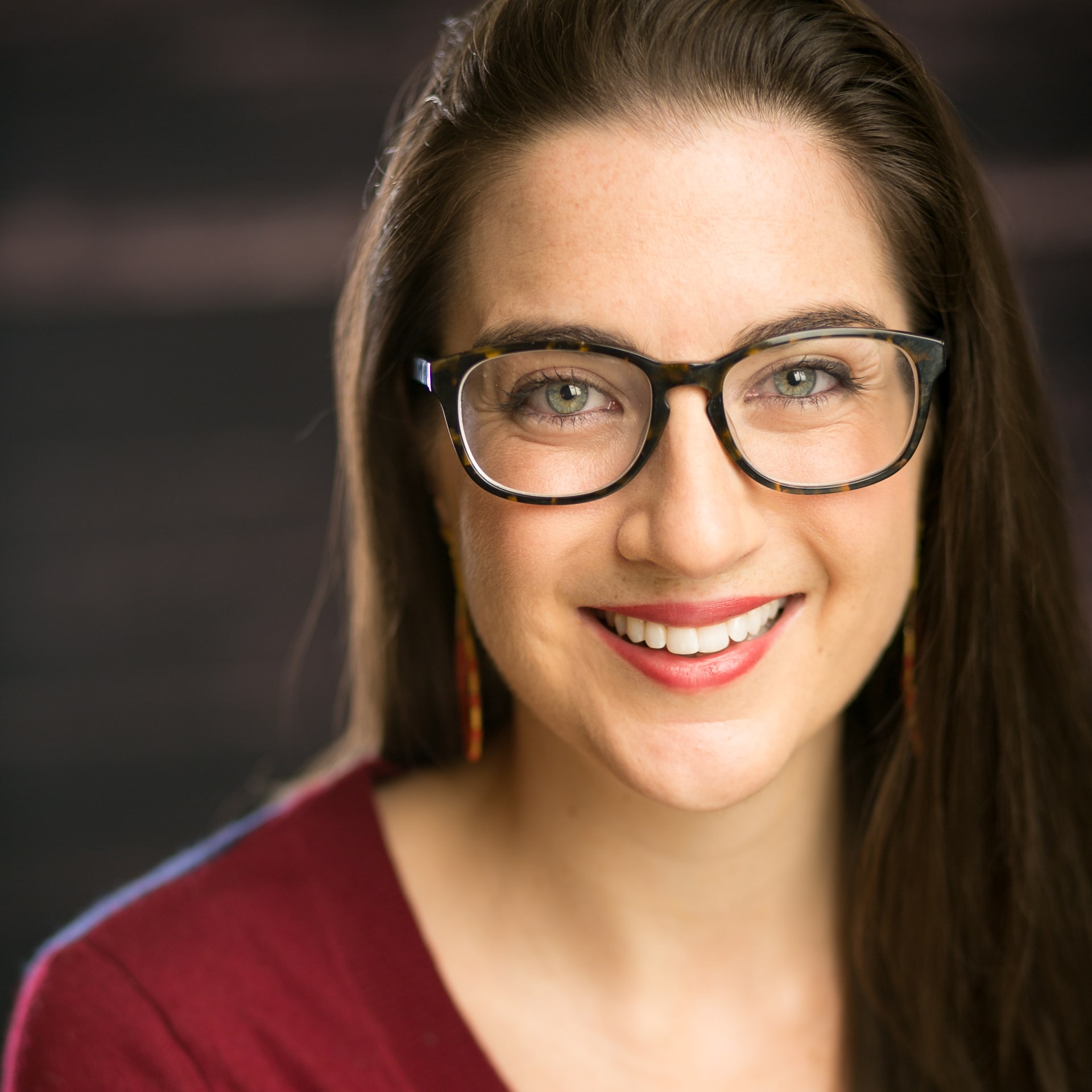Last week, I presented a webinar for the Michigan-based EdTech Specialists’ webinar series on blended learning and competency-based education. The presentation provided me with a chance to revisit a blog post I wrote two years ago on the overlap—or lack thereof—between competency-based and blended approaches to teaching and learning. Early on, as many in the field do, the overlap of blended and competency-based learning felt obvious to me. What better way to allow for flexible pacing than to use technology in classrooms? But over the years, I’ve come to realize that competency-based education advocates are calling for a vision of education that goes far beyond pacing reforms, and that online and blended learning are on a rapid growth trajectory that only sometimes appear to be moving in a competency-based direction. The two may be converging as the call for personalized learning grows louder, but just how much do we understand about how the two interact?
At the start of the presentation, I decided to sketch out my latest thinking on how these two aspects of education reform work for and against one another and why. Check out my quick explanation below:


